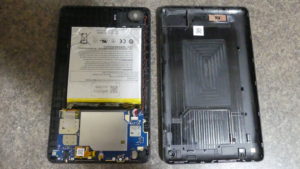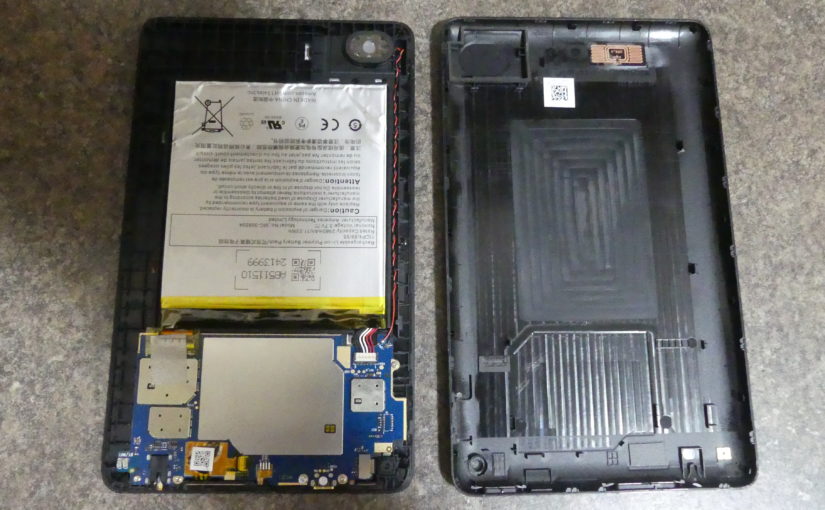In this video I install Android X86_64 8.1-r1 as a virtual machine on a Linux workstation. I cover a couple of gotcha’s I found pre and post install.
Author: Nathan admin
Linux Filesystem Hierarchy
In this video I cover Linux file system hierarchy. The somewhat loosely followed systems give some standardization to Linux distributions.
Lets look at $ man hier.
You will notice / root which is a must, proc which is a pseudo file systems and some things missing like /dev/shm or shared memory system which is a tmpfs
Strip metadata from images command line
In this video I use Linux and ImageMagic to strip the location, camera information and other metadata from a jpg image file.
First we look at the image exif and other metadata with strings and identify
Next we strip the date with mogrify strip and diff the identify -verbose between the new and a backup.
Finally I go over mogrify -strip -auto-orient which will keep the proper photo geometry and orientation and we diff the strip difference.
Fedora 29 Mate spin post install
In this video I cover some of the things I do post install on a Fedora system.
OS update
$ dnf update
#install chrome
Set sudo wheel no password
$ sudo visudo
Block root on ssh
Disable dns lookups in sshd
Start and enable sshd
$ sudo systemctl start sshd
$ sudo systemctl enable sshd
Fix my bashrc
bind ‘”\e[A”: history-search-backward’
bind ‘”\e[B”: history-search-forward’
export HISTCONTROL=ignoreboth
export HISTSIZE=100000
Set up https://rpmfusion.org/
Disable ipv6
Disable screen saver password and power magnet for virtual guest
Tuned set virtual guest
Fedora 29 Mate spin install
Everything is a file in Linux
In UNIX and Linux everything is a File. Well almost.
The correct statement would be everything is a file descriptor or a process. The point to everything is a file is that common tools can be used. I/O access can be done using the same set of operations. In windows you have different reads for sockets, files and pipes with different. With Unix/Linux treating everything as a simple file descriptor you have one read system call. This removes the need for having multiple operations with specific uses doing the same thing.
As example of everything is a file we will take a look at a directory file.
I hope the high level overview in this video explained why to go deeper into this would get into kernel development and beyond what I do.
Linux rev command
In this video I cover the rev or revers command in Linux. The rev command reverse lines characters. It comes with the util-linux package and can take input from a file or stranded out.
I think this command is little know because it doesn’t have many uses and there are other ways of doing it.
Linux sl (Steam Locomotive) command
In this video I wanted to cover something fun so I chose the sl command in Linux and Unix systems. SL stands for Steam Locomotive and its a joke for typed ls commands.
One thing I didn’t share in the video is capital LS is a link to sl and not a alias. At least in mint Linux.
Kindle Fire 7 Battery Replacement
Replaced the battery on a 2015 Kindle Fire 7.

Comming Soon!
Welcome to TheNathan.Net Tutorials, HowTo’s and fun on the command line coming soon.
